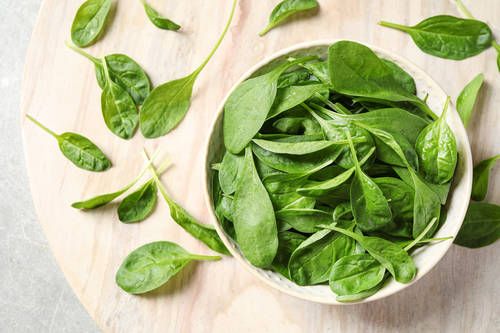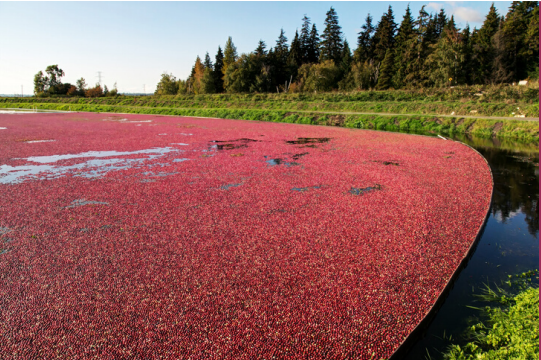Christine Murzyn

Recent Posts
5 fast facts about the spinach
- March 26th is National Spinach Day!I
- In the 1930’s U.S. spinach growers credited Popeye with a 33% increase in domestic spinach consumption.
- Spinach is a native plant of ancient Persia (modern day Iran).
- China is the world's largest producer of spinach, with about 85% of global production.
- The creamy dish, Spinach Florentine, was named byCatherine De Medici, wife of France’sKing Henry II, who introduced the dish and called it Florentine in honor of her native country, Italy.
Produce Pun:
Why are spinach leaves never alone?
Because they come in bunches :)
Nutrient Highlights
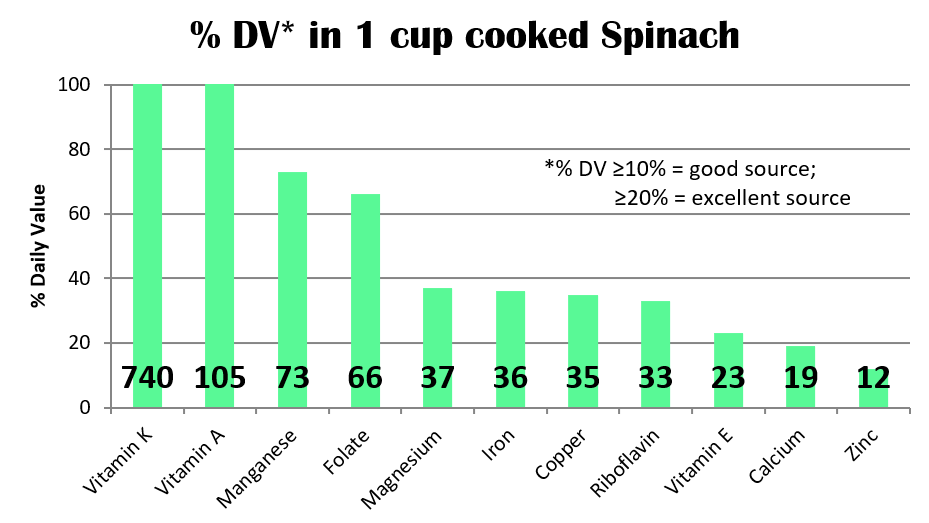
- Spinach , raw or cooked ,provides over 100% of the body's daily need for Vitamin K, which is important for blood clotting and relieving symptoms of hemophilia.
- Spinach is an excellent source of folate, which helps prevent neural tube defects in babies. Folate also is needed for DNA production and cell division as well as preventing megaloblastic anemia.
- Spinach is an excellent source of iron, though it is not as readily available as animal sources of iron. For better absorption, pair with a Vitamin C-containing citrus fruit .
Kid Friendly Family Recipe: Creamy Parmesan Spinach Squares
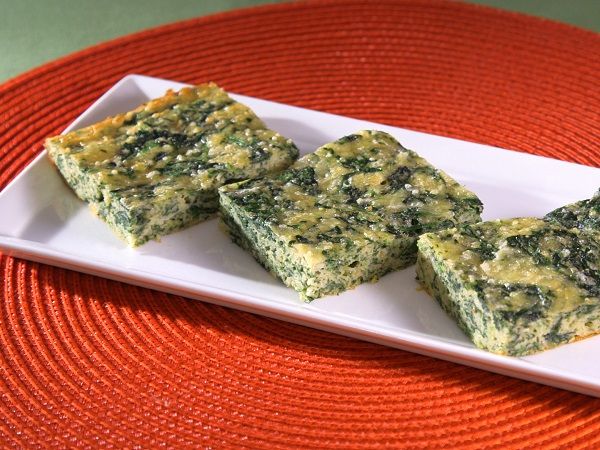
Ingredients:
- 20 ounces frozen chopped spinach, thawed
- 3 large eggs
- 1 cup fat-free milk
- 1 cup white whole-wheat flour
- 1 teaspoon baking powder
- 1½ cups (6 ounces) shredded Monterey Jack cheese
- ½ cup grated Parmesan cheese
Directions:
Preheat oven to 350°F. Spray a 13-by-9-inch baking dish with non-stick cooking spray. Place chopped spinach in a colander. Squeeze out as much excess water in spinach as possible. Whisk together eggs and milk in a medium bowl. Add flour and baking powder to egg mixture. Stir to combine. Mix in cheeses and spinach. Transfer mixture to baking dish, spreading evenly.Bake for 35 minutes, or until firm and edges are golden brown. Let cool 20 minutes. Serve warm or at room temperature.
Looking for more great recipes? Give this awesome sweet potato chicken chili recipe a try.
Topics: Healthy Recipes
Label Love: How to read the nutrition facts label
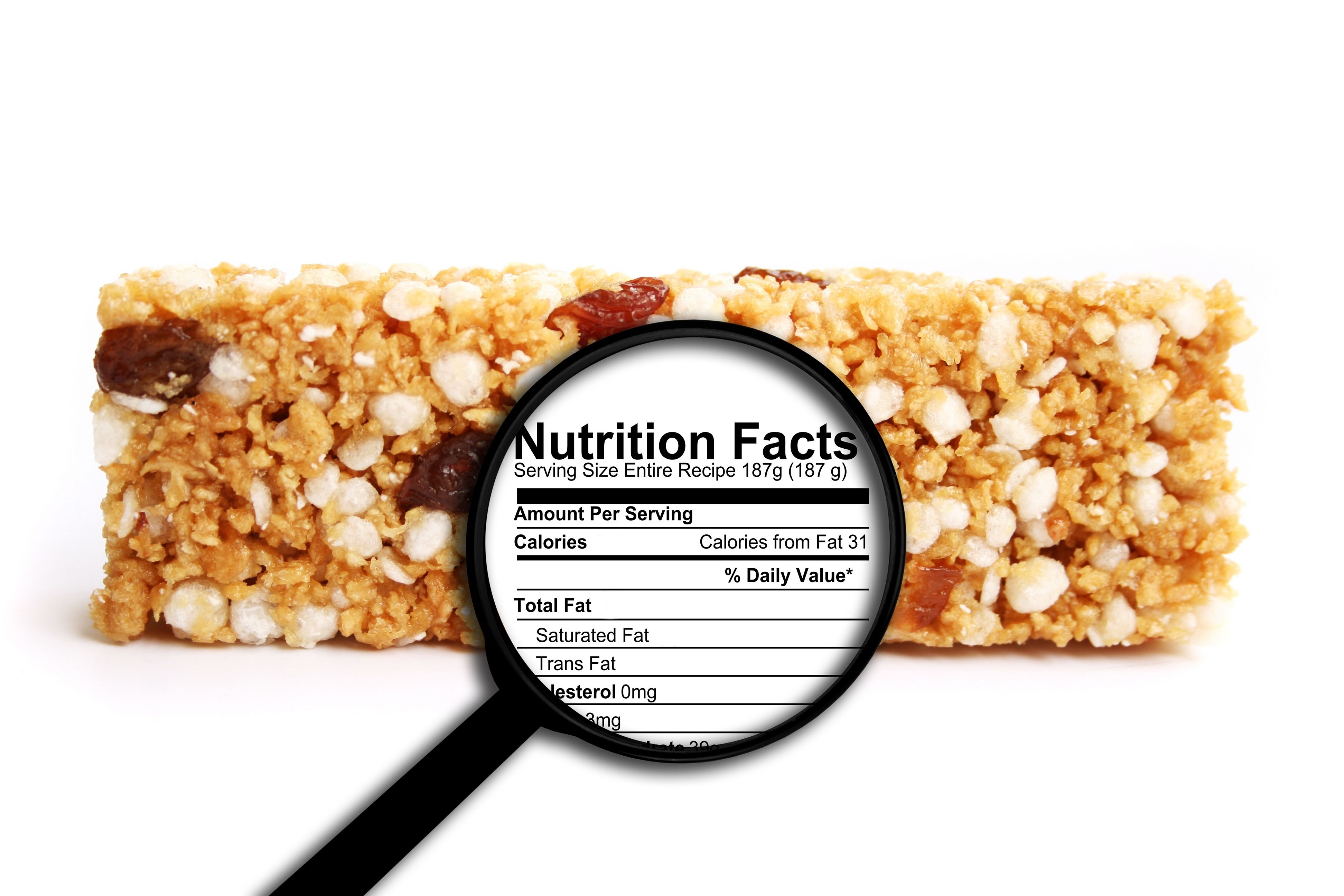
It’s February, the month of St. Valentine! This month, especially, many of us take extra time to show our families, significant others, friends, and even pets how much they mean to us. But there’s one very important person that you may forget needs little extra love…
Did you ever think treat yourself this month, too? By treating, I mean taking care of yourself and spending time on your personal health. When life gets busy, oftentimes one of the first things that falls by the wayside is personal health. This month, I challenge you to love YOU! One way to take care of yourself is to fill your body with nourishing foods so you feel your best and have energy to achieve your goals!
This month’s seminar topic is “Label Love.” The key to nourishing your body is getting the facts on what you are consuming by reading the Nutrition Facts label.
The Nutrition Facts label has just gotten a makeover and it’s important to know what’s what. Here is a quick guide for deciphering the nutrition label:
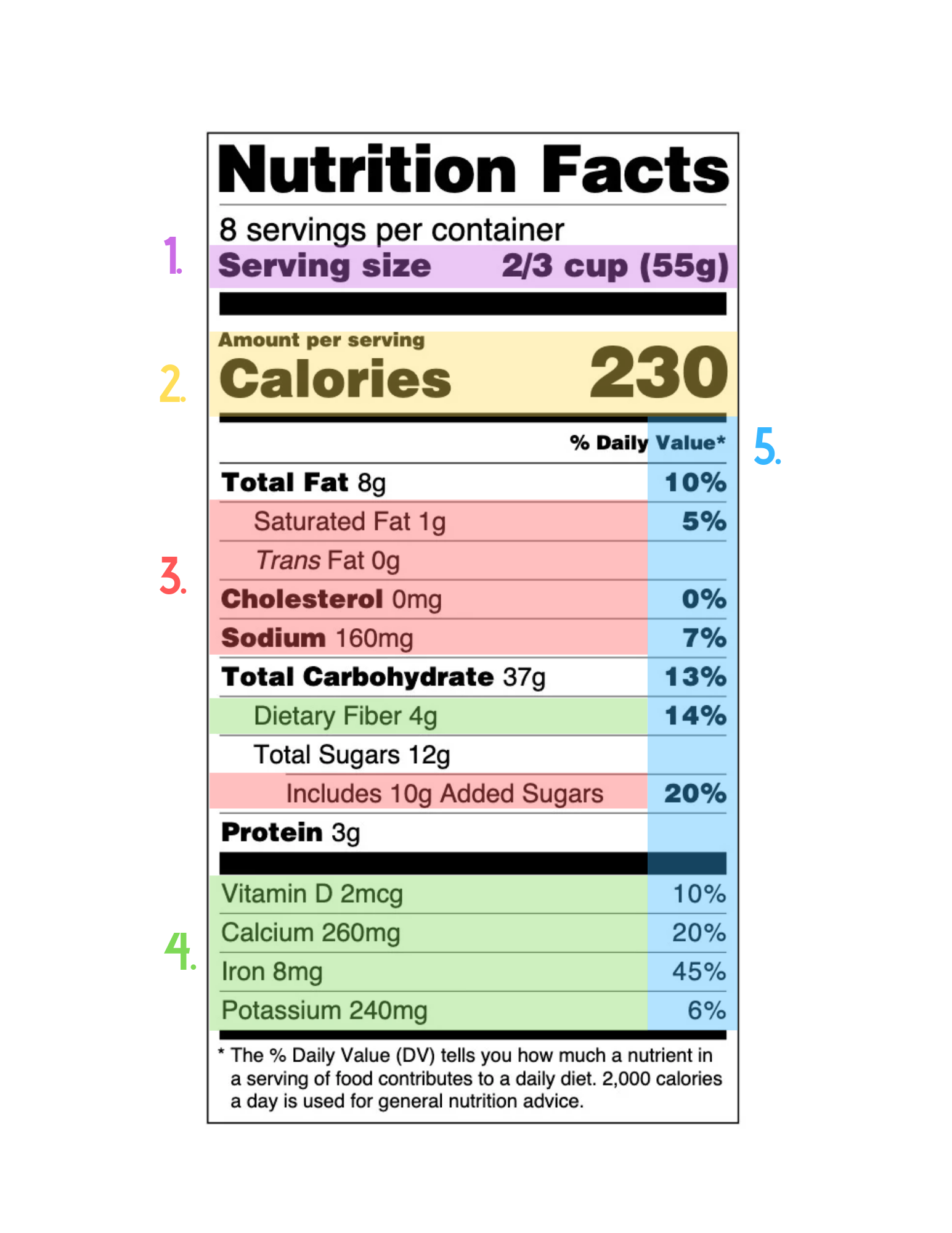
- Start with the Serving Size. On the new label, this serving represents the amount of food typically consumed in one sitting, not necessarily the recommended amount to consume at once. The numbers on the label are representative of the nutrients in that serving, or amount of food.
- Check out the Calories. This number tells you how much energy you will consume based on the serving size.
- Caution the Nutrients to Limit. Look for lower numbers on saturated fat, trans fat, cholesterol, sodium, and sugar. The new label has a section specifically for added sugars, which is a handy tool. Saturated/trans fats and sugar should both be under 10% of daily total calories according to the 2015-2020 Dietary Guidelines for Americans.
- Encourage Nutrients to Increase. Dietary fiber, unsaturated fats (polyunsaturated and monounsaturated), vitamins, and minerals are all nutrients you should aim to increase for a healthful diet.
- Use the % Daily Value as your Guide. As a quick reference, 5% is considered low and 20% is considered high. For example, 25% DV of Fiber means that one serving of that product provides an excellent source of fiber; a quarter of your recommended daily fiber needs.
For more insights and tips on reading food labels, come to a FREE Nutrition Seminar at 6 PM on Tuesday Feb 4th or Tuesday Feb 25th at LivRite Fishers.
Topics: Nutrition
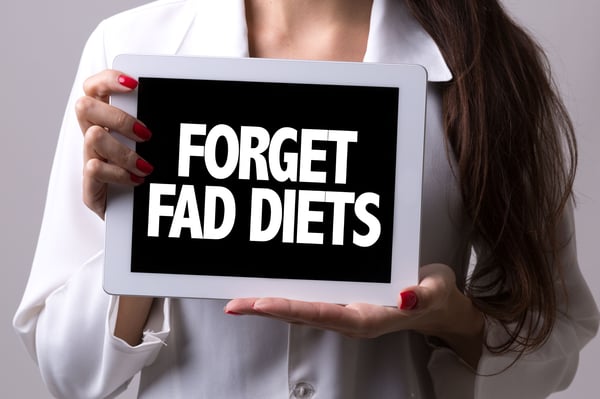
It’s time to ring in the new decade, 2020!!
As is common for the new year, we make resolutions for personal growth and well-being. One of the most common resolutions for Americans is improving health. With the noble resolutions to eat healthier or lose weight, so too come the not-so-noble fad diets.
Fad diets are popular for a period of time, without having standard dietary recommendations, and often promising unreasonably fast weight loss or nonsensical health improvements. They are often unfounded in science, set the dieter up for failure, and may even be harmful to long-term health.
Here are 10 important signs of fad diets to watch out for (and alternatives to try instead) before jumping on the bandwagon to try the latest trending diet.
10 RED FLAGS of FAD DIETS
-
Sounds too good to be true. If a diet sounds too good to be true, it probably is. There is no magic fast and permanently effective solution for weight loss.
→ The key to sustainable weight loss is small, manageable lifestyle changes.
-
Promises fast results. Avoid diets that promise rapid weight loss exceeding 1-2 pounds per week; drastic weight loss is not healthy, and you will most likely end up gaining that weight back as soon as you go off the diet.
→ Instead, focus on eating in a way that helps you feel nourished, satisfied, and energized.
-
No exercise component. Nutrition and physical activity are the two key components of any weight-management plan. They go hand-in-hand; ignoring one will not lead to lasting results.
→ The key to success is to find physical activities that you enjoy; aim for 30-60 minutes of activity on most days of the week (150 minutes of moderate physical activity or 75 minutes of vigorous activity per week).
-
Restrictive; limits food groups. All food groups offer healthful, nutritious options; unless you have a medical need to limit a certain food group, there is no reason to banish an entire food group from your diet.
→ Focus on a variety of nutrient-dense options from all food groups.
-
Lists “good” and “bad” foods. The only “bad” foods out there are ones that are spoiled or will make you physically ill if you eat them. Yes, there are foods that are more nutrient-dense than others, but restricting certain foods and labeling them as “bad” can lead to cravings and an unhealthy relationship with food.
→ Enjoy all foods in moderation. Make indulgences occasional and in small portions so you won’t feel guilty about treating yourself.
-
Specific food combinations. There is no evidence that combining certain foods or eating foods at specific times of day will help with weight loss. Eating the "wrong" combinations of food doesn't cause them to turn to fat immediately or to produce toxins in your intestines, as some plans claim.
→ Aim for a balanced meal from a variety of food groups at all eating occasions.
-
Expensive “miracle” products. Don’t buy into gimmicks. There is no magic diet pill, meal replacement smoothie, or elixir that will exclusively make you keep weight off. These also often lack scientific evidence and are not proven to be effective.
→ There are plenty of nutritious options that can fit into your budget at the grocery store Check out December’s Blog on How to Become a Grocery Guru: There is no need to waste your money on expensive supplements or shakes.
-
Claims based on before-and-after photos. Ads that rely solely on weight loss photos to sell their product likely do not have real science to back their claims.
→ A successful diet plan is one that is extensively studied and supported by sound, reliable research.
-
Based on anecdotal evidence or celebrity endorsements. These endorsers probably get paid to advertise. Moreover, just because a diet worked for one person does not mean it will work for you.
→ Follow your own plan and what works best for you.
10. Based on a single study only or misrepresented scientific studies. Just because a singular study concluded merit to a certain diet, does not mean it is so in every case. It is important to cross-check multiple studies, since scientific studies may be misrepresented by the media.
→ It is important to examine all claims critically. Consult a dietitian to help determine the best plan for you.
In 2020, set yourself up for success, not failure by fad diets. Best strategies for healthier diets include those that are sustainable, balanced, inclusive, feasible, enjoyable, and holistic.
For more information on successful diet strategies, don’t miss out on the FREE nutrition seminar, Diet Distress, Tuesdays at 6 PM in LivRite University (Fishers location).
Topics: Nutrition
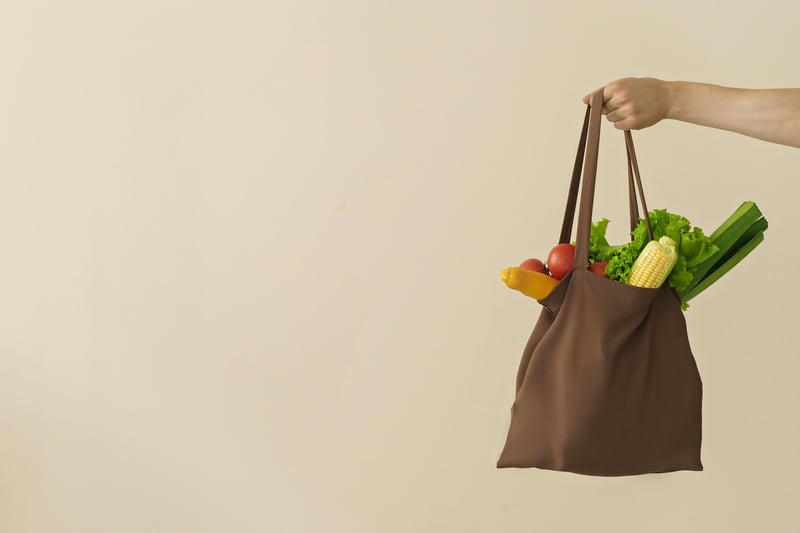
It’s said to be “the most wonderful time of the year!” ...Gathering with friends and family, taking
time to be thankful for all our blessings, and celebrating all the memories from this year while
looking forward to next year…
Though as we know, this time of year may not be holly jolly at every moment. It seems to be
things get tighter… our wallets as we shop for the perfect gifts, our time as work deadlines
approach, and maybe even our pants as we snag a few too many holiday cookies!
The last thing we want to do is spend extra money, time, and calories on our grocery store trips.
So here are 5 ways to make the most of your grocery shopping trips:
1. Make a list and check it twice. Santa does it - so should you. Before you even leave
the house, do some menu planning for the week to see what all you need to buy. Check
your fridge/freezer for leftovers to see if you can incorporate anything you already have.
Take inventory of your pantry to see if there is anything you need to restock.
2. Fuel your tank. Not just your car’s gas tank, don’t shop on an empty stomach; this may
lead to impulse buys and unhealthy food choices. Having a piece of fruit, handful of nuts,
or even just a glass of water before you leave the house will help keep your stomach at
bay to reduce cravings.
3. Savor the season(al). Shop seasonal produce when you can, since it is often on sale
and is at its peak nutritional quality. In December, look for cranberries (see LivRite’s
Produce of the Month blog!), winter squashes and brussels sprouts!
4. Consider convenience costs. Pre-cut produce or meal kits may certainly help you on a
busy weeknight, but it is also more expensive than if you prepared it yourself from
scratch. But if it helps you get in all your servings of fruits and vegetables, then it may be
worth it.
Also, store bought dressings, sauces, or ready-to-eat products are often higher
in calories, fat, and sodium than homemade. At home, you can control your own
ingredients and amounts you add to dishes.
5. Compare nutrition labels. I know they say “don’t judge a book by its cover,” but
absolutely judge a product based on its nutrition label! When comparing two different
products or brands, check the serving size first so you can compare apples to apples
(pun intended). Pay attention to the calories, saturated fat, sodium, cholesterol, and
added sugars. These nutrients should be limited.
Grocery shopping is one of the first steps to living a healthy lifestyle. Choose ingredients and
products based on nutrition and what will fuel your body best to achieve greatness.
For even more grocery shopping tips, check out LivRite's FREE nutrition seminars this month on Tuesday December 10th and December 17th at 6:00 PM at LivRite Fishers!
Topics: Nutrition
5 fast facts about the cranberry
- Cranberries are native to North America. In fact, along with blueberries and the Concord grape, they are the only native North American fruits that are commonly cultivated today!
- Most cranberries are wet harvested, meaning that cranberry bogs/marshes are purposely flooded so the berries float to the top to be corralled. Cranberries have four air chambers that allow them to float!
- Water is also used during the winter months to protect the vine beds from freezing and desiccation.
- In 1816, the first commercial cranberry bed was planted in Dennis, Massachusetts by Revolutionary War veteran, Captain Henry Hall.
- U.S. farmers produce over 800 million pounds of cranberries per year!
Produce Pun:
Why was the cranberry late to the party?
It was bogged down in traffic
Nutrient Highlights
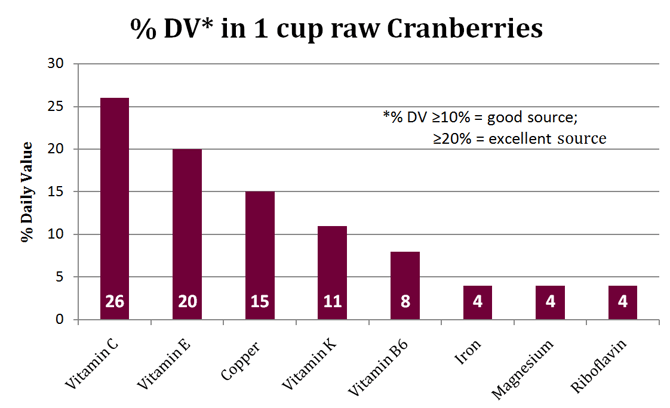
- These tiny berries are packed with phytonutrients, which may provide a wide array of health benefits, including protection from bacterial pathogens, cancer, cardiovascular disease, and inflammation.
- A specific class of phytonutrients in cranberries, called proanthocyanidins, helps prevent urinary tract infections. Research suggests that two- 8 oz. glasses of cranberry juice cocktail per day, one in the morning and one in the evening, may prevent bacterial adhesion. In the same way, cranberries may also work to prevent stomach ulcers
Kid Friendly Cranberry Pumpkin Muffin
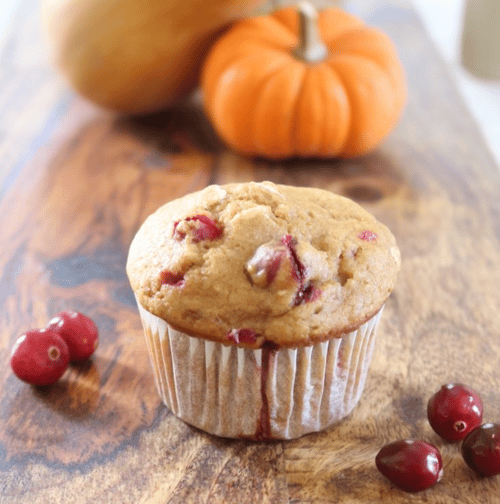
Cranberry Pumpkin Muffin
Ingredients:
- 2 cups white whole wheat flour
- ½ cup granulated sugar
- ½ cup light brown sugar
- 1 tablespoon ground cinnamon
- 2 teaspoons baking powder
- ½ teaspoon salt
- 1 large egg
- ½ cup milk
- ½ cup apple cider
- ½ cup pumpkin puree (not pie filling)
- 1 ½ cup fresh cranberries, washed and any remaining stems removed
Directions:
Preheat oven to 375 F and line a muffin pan with paper baking cups. In a large bowl, combine the flour, sugar, brown sugar, cinnamon, baking powder, and salt. Whisk together until there are no clumps. In a small bowl, mix together the egg, milk, apple cider, and pumpkin puree. Pour the liquid mixture into the dry mixture and mix just until combined. Do not over-mix. Add cranberries, mixing just until incorporated. Fill each baking cup with batter (about 3/4 full). Bake on middle oven rack for 18-20 minutes, or until a toothpick comes out clean. Remove muffins from pan and allow to cool completely on a cooling rack. Keep stored in an air-tight container for up to 3 days.
Looking for more great recipes? Give this awesome sweet potato chicken chili recipe a try.
Topics: Healthy Recipes

